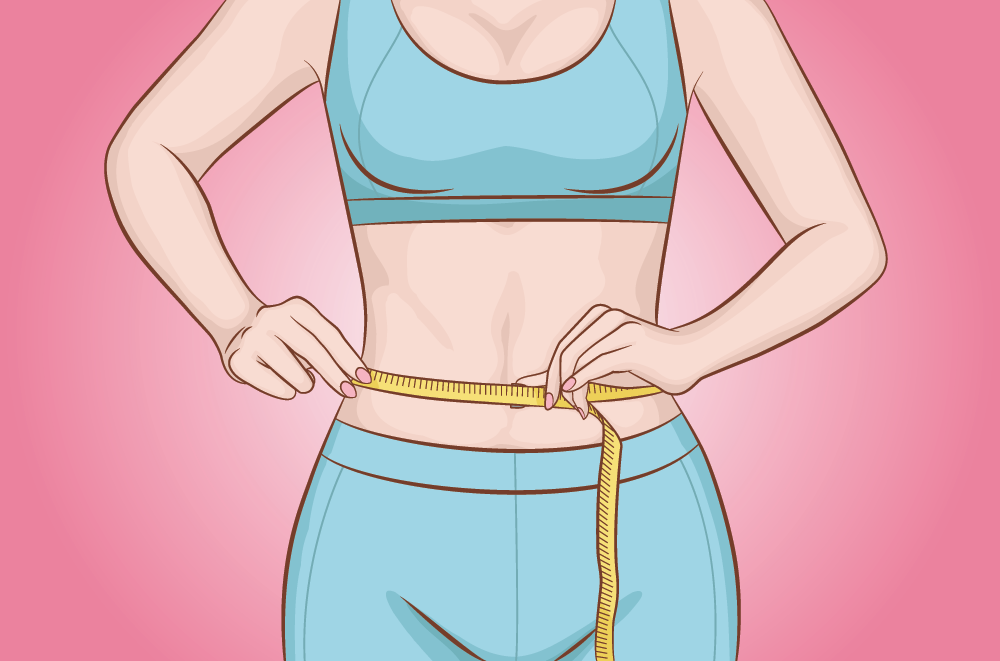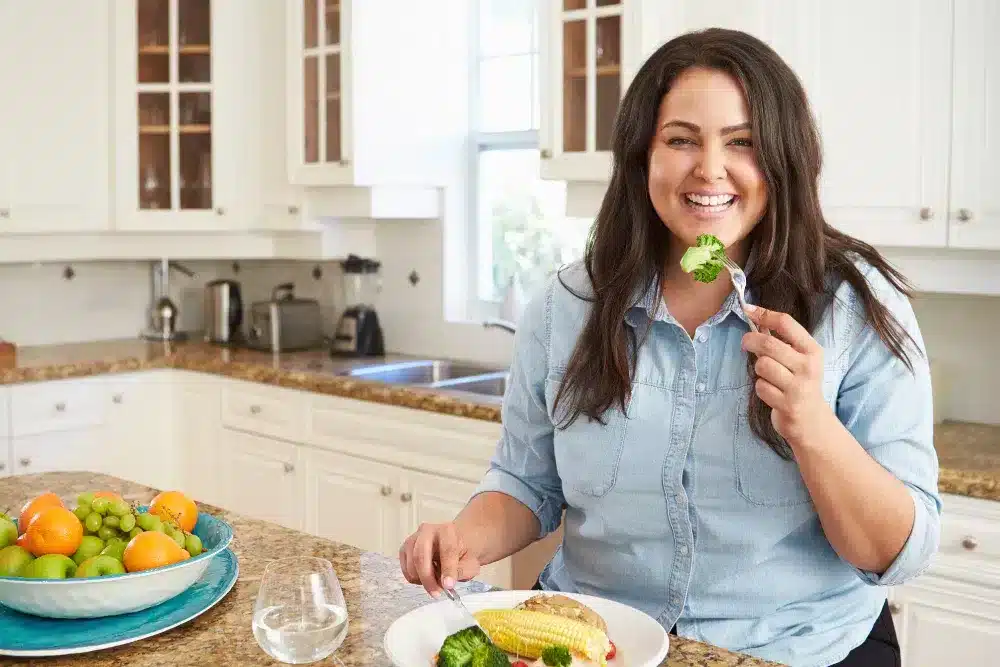Weight Management with Saxenda:
Week 4

Can you believe it? You’ve made it to week 4 of reclaiming your health and well-being! Every step you take towards creating a healthier lifestyle is an achievement, and you have the power to create lasting, positive change in your life through this journey.
Next steps
There are a few key requirements to tick off in week 4.
First, let’s start with your dosage increase.
If you are tolerating the medication well, it’s time to increase your dose by another 0.6mg to 2.4mg per day. If you need to reach out to your medical team to discuss your dose or symptoms, please do so through your patient portal.
The second requirement is to complete your first review consultation.
Over the next few weeks, you will receive a notification to complete your review questionnaire. It’s important that you fill out your questionnaire within a week of receiving the notification. As soon as we receive your responses, your dedicated medical team will review them and reach out to complete a telehealth consultation with you.
This chat is a perfect time to discuss any side effects, hurdles, or worries you may have encountered since starting your treatment. It’s also when your clinician can check your medication dosage, arrange for repeat prescriptions if needed, and provide you with personalised lifestyle advice.
To ensure we can offer you the best possible support, it’s essential that you complete your review questionnaire and attend your follow-up consultation. These steps are crucial as they allow us to understand your progress, adapt your treatment plan if necessary and align our strategies to your unique needs.
Remember, this journey is a partnership, and your active participation helps us provide the best care and support. During your review consultation, your medical team will let you know how often you’ll need further reviews. Don’t worry about keeping track; we’ll send you notifications whenever you’re due for another consultation.
Preparing for your results
For the review questionnaire, you will need to know your weight, waist circumference and blood pressure. We suggest you plan ahead, and if you don’t own scales, tape measure or a blood pressure monitor, you can always visit your local pharmacy, and they can assist you. If you’re keen to gather these results yourself, let’s run through how to take these measurements accurately.
Not all scales = the same result
Did you know you’ll likely get a different weight reading on different scales and times of the day? Yep, your weight fluctuates over the course of a day. It’s best to weigh yourself in the morning after you’ve been to the toilet but before you’ve consumed any food or drink. It’s also good to wear the same clothes or your birthday suit so your measurements are consistent. Here are some other tips:
- Try to use the same scales each time you weigh yourself
- Put your scales on a hard surface like tiles or floorboards, not carpet
- Stand barefoot with your body weight distributed evenly over both feet
- Don’t hold onto anything, and breathe normally (no need to hold your breath)
- Weigh yourself no more than once a week at the same time of day
If you find weighing yourself negatively impacts your well-being, remember that stepping away from the scales is completely fine. Prioritise self-care and focus on reducing any unhealthy patterns that may arise from regularly checking your weight. Consider not weighing yourself if you notice the following experiences:
- Frequent anxiety or sadness about standing on the scales
- Negative thoughts triggered by weighing yourself
- Unhealthy habits like depriving yourself or excessive behaviour
- An eating disorder, whether you’re recovering from, previously had or developing one

Give yourself a hug (with a measuring tape)
This measurement is not just about the size of the pants you wear. Waist circumference is a clinical measurement used to screen for health risk factors for type 2 diabetes, high blood pressure, high cholesterol and heart disease. Measuring your waist is easy with the right tools; it’s best to have a soft tape measure similar to the one a dressmaker may use.
Above all, you are much more than the number on the scales or tape measure, and your weight does not define your self-worth. These measurements are just clinical reference points your medical team uses to assess your health changes. As you embark on this journey towards a healthier lifestyle, focus on how you feel, the positive changes you’re making and the benefits you may already be experiencing.
Blood Pressure Reading
Your blood pressure readings have two numbers: the top (systolic) shows the pressure when your heart beats, and the bottom (diastolic) is the pressure when your heart is resting between beats. If you have previously been told you usually have high or low blood pressure, it might be a good idea to buy a blood pressure monitor so you can keep a record of any changes to your results.
Sustainable habits
Creating new habits that support your health and well-being takes time. It’s all about making small, sustainable changes that suit your lifestyle. Some key things to remember are:
- Eating for well-being doesn’t mean deprivation or a complete overhaul of your meals. Instead, think of it as making better food choices more often to support your health. Gradually reduce processed foods and swap with whole foods.
- Start slowly by incorporating regular movement into your daily life. Try new activities that you enjoy and gradually increase the duration and intensity. Exercise isn’t just about burning calories; it’s also a fantastic stress reliever and mood booster.
- Keep yourself hydrated – water is essential for good digestion! Also, ensure you get plenty of restful sleep as it allows your body to recover and contributes to overall well-being.
The power of a positive mindset and good sleep should never be underestimated. Embrace your journey, celebrate the small victories and don’t be too hard on yourself if progress seems slow. You’ve got this! We are proud of the steps you’ve taken and look forward to continuing this journey together.




Disclaimer: This is an educational resource exclusively for patients participating in the hub.health weight management program. It is designed to support medication knowledge and encourage sustainable behavioural changes to support your health and wellbeing. This material is not to be reproduced, transferred, or shared outside of the prescribed use within the program. Unauthorised use or distribution is strictly prohibited. Always consult with your healthcare provider for personalised medical advice.

